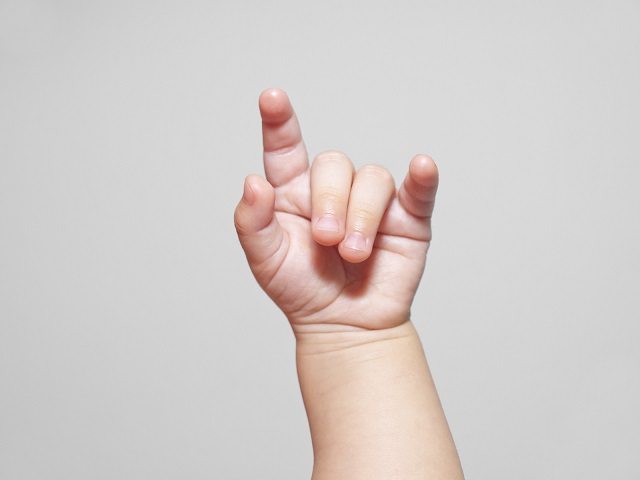As parents, we all know how frustrated our children can get when they cannot communicate what they need or want.
By crying or throwing a tantrum we know there is something wrong, but sometimes it’s a bit like trying to find a needle in a haystack as to what is exactly wrong. The latest popular parenting trend is teaching babies sign language. By teaching your baby sign language, a communication pathway is quickly opened up.
The fine motor skills required for moving the mouth and tongue into precise sounds takes longer to develop than the motor skills necessary to control hand and arm motions used for baby signing. Small-scale studies have revealed that babies who are taught sign language develop the spoken language at a faster rate than non-signers.
So how does it work?
Signing to a baby not only enables parents to understand their baby’s need, it also is a way for babies to understand their parents. All babies pay close attention to their surroundings and have been found to pick up on baby signs really quickly, if a parent is making a certain specific gesture paired with repetition of a certain word.
Parents can start signing to their baby from the newborn stage, and babies usually begin to start signing back as early as seven months. Keep in mind that it’s a simplified version of sign language, with signs for key words such as, “again” or “milk.”
Don’t worry about hindering your baby’s ability for speech, signing actually helps speed up the verbal process.
Reap the benefits of baby signing
Signing allows children to throw one less tantrum when they cannot remember the verbal word for something and being understood helps babies and toddlers feel tranquil.
For more information on Baby Sign Language visit:
Super Hands
Baby Sign Language
maternity & infant
Originally posted 2016-06-15 16:20:29.









